Reflection of an Experience
Rie Gisldorf
Rie Algeo Gilsdorf, MS, MA, has broad experience as a principal, arts administrator, instructional coach, teacher of science and dance, and parent in many settings, including the Reggio-inspired programs of Portland’s Opal School and The Blake School in Minneapolis. Rie is a past Board Co-Chair and Civic Engagement Committee Chair of the Reggio-Inspired Network of Minnesota and current member of its Resource Development Committee. She now provides racial equity seminars, coaching and consulting through Embody Equity, www.EmbodyEquity.com.
During the Network’s End-of-Year Celebration/Annual Meeting, I led a social arts activity called 3-D Mapping. This is a methodology for adults that is deeply aligned with Reggio-inspired practice in its collaborative, emergent practice, its inclusion of the community as researchers and its use of multiple languages of thought and learning. Over the course of the evening, a dozen people stopped by to consider how to represent the current state of Early Childhood Education in Minnesota as seen from their unique perspective. We are interested not only in perceptions of the system as a whole, but also in how the Reggio-Inspired Network specifically fits into it.

3-D Mapping comes out of the systems thinking lineage of Peter Senge, Otto Scharmer and others at the MIT Center for Organizational Change, now a separate organization called the Presencing Institute. Senge’s work, in turn, comes out of Kurt Lewin’s writings on Action Research. Interestingly, our consciousness of a system and our ability to change it are interrelated. Here’s the evolution of the ideas:
- You cannot understand a system unless you try to change it - Kurt Lewin
- You cannot change a system unless you transform consciousness - Peter Senge
- You cannot transform consciousness unless you make a system see and sense itself - Otto Scharmer
- You cannot make a system see and sense itself until you see and sense yourself as part of the system - Ubiraci Pataxó
3-D Mapping is a process for increasing our awareness of our system, part of an “Awareness-Based Systems Change” approach.. Notice that in addition to thinking about a system, 3-D Mapping invites members of the system to sense into it by using the aesthetic language of found objects placed into a collage. The meeting venue of Belle’s ToolBox, which houses the Network’s Loose Parts Laboratory Materials Center, provided a rich source of small objects to use. I collected a basket of items and placed them around the edges of a card table, then invited people to place them on a sheet of paper representing our system. As they placed their objects, I jotted down their words on post-its and placed them in a corresponding spot on a sign that invited people to participate.
Participants were curious but a bit shy at first – how could their experience in one corner of the system inform the whole? Interestingly, as more objects and quotes were placed, people resonated with others’ experiences and were stimulated to add their own ideas. Also, the languages of the process, both visual and tactile, added to the play of the ideas. For example, the first pair of people approached the table and talked about how their program, a center housed in a larger organization, experienced both synergies and misunderstandings with the wider community. They noticed a couple of puzzle pieces, first placing them near each other, then trying to fit them together. They giggled at their first attempt, which seemed to fit, but on closer inspection, the words didn’t line up correctly. “Exactly! The communication is off!” they said.

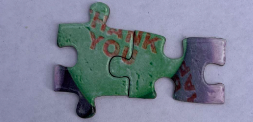
Then one of them said, “Wait, or do they actually fit? Like this?” She turned the pieces and, voila, the words, “Thank You” appeared.
But, after considering it for a moment, they eventually decided to place the two pieces in proximity to each other, but not touching. It was important for them to have seen that the pieces could fit, but weren’t currently connected. The process itself had not simply allowed them to express their thoughts, but had in fact furthered their thinking. Starting from an initial complaint, they had come up with a more nuanced understanding. Their final quote: “Community Relationships (puzzle pieces): They do fit, but they’re misaligned.”
That first pair started with an idea and looked for an object to represent it. Others were strongly drawn to an object and then let a meaning emerge. For instance, one person kept coming back to an old compact disk.

Eventually she placed it in the center and then said, “Oh! It would spin, and it’s reflective and shiny!” Her final quote: “Creativity (CD): Keep spinning out those ideas!”

Some had no trouble choosing at all. “Outdoors!” said one woman, immediately reaching for a pinecone and plopping it down. That was her full quote: “Outdoors (pinecone)!” An important dynamic of the map is not just what objects are picked, but where they are placed in relationship to other objects. In this case, it’s significant that the outdoors pinecone is in close proximity to the CD of creativity and spinning out ideas. Others who came by later commented on the truth of that, that we, and children, are stimulated by time in nature and emerge with more ideas spinning out of us. It’s a small and simple truth; it’s also profound and needed to be captured in our map.
Several other items were similarly clear to everyone that saw them: the “Tinker Toy of Play,” the Bird of “Launching kids so they can fly” and the worn Elastic Circle of “Hoops we have to jump through.” Although these are clear representations of elements that most observers would agree are features of our system, it is important to place them in the map.
In any efforts to co-create a future evolution of the system, we wouldn’t want to leave out play or launching kids, and we would want to deal with those nagging hoops.
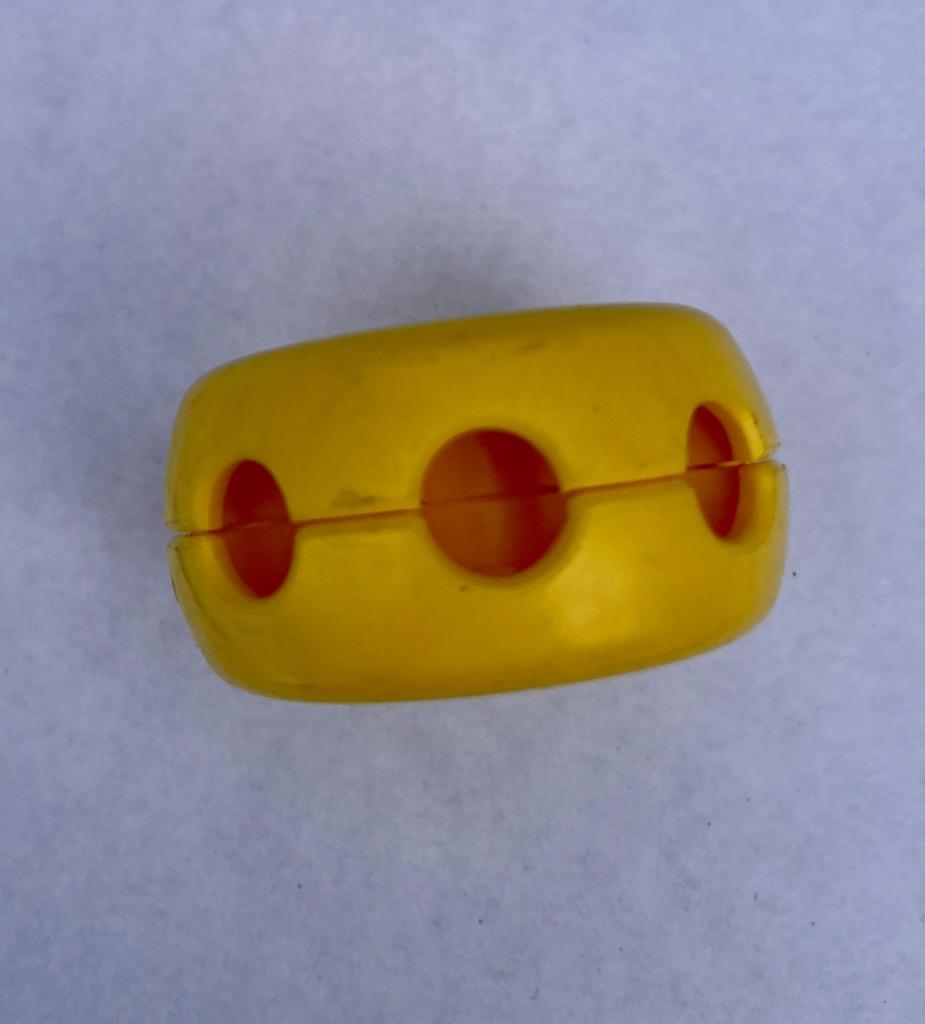
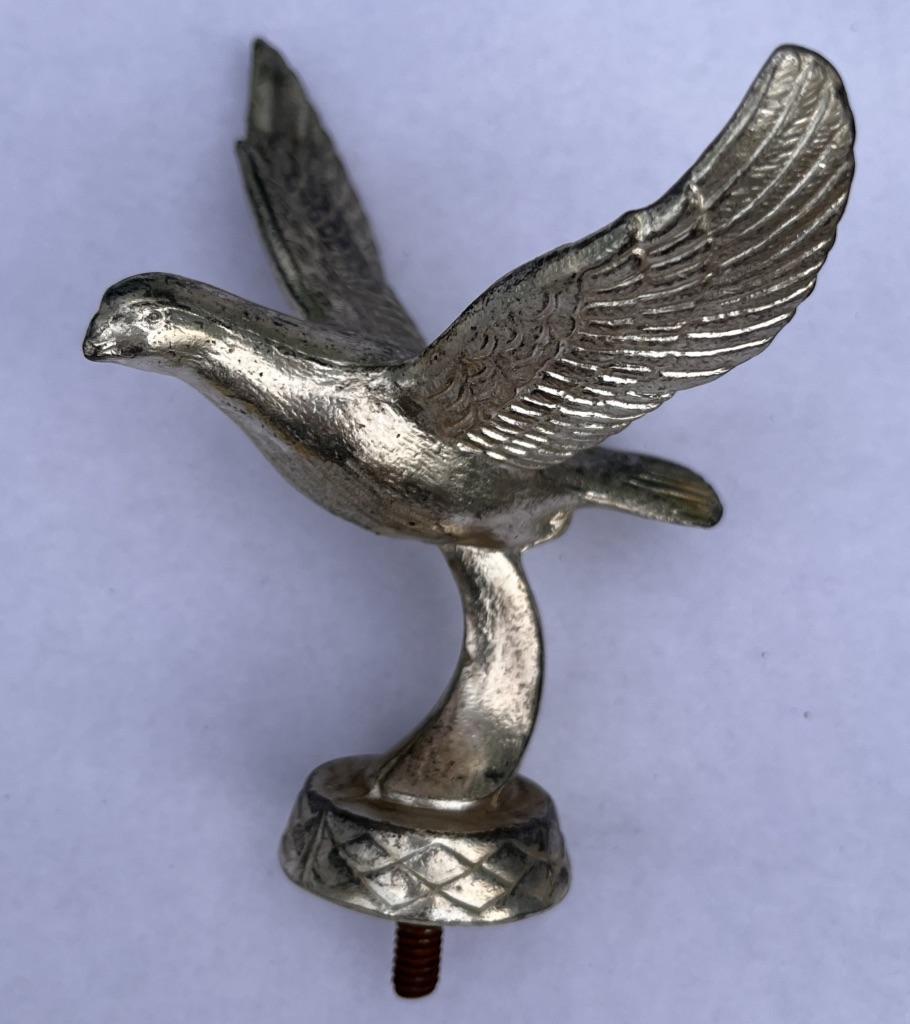
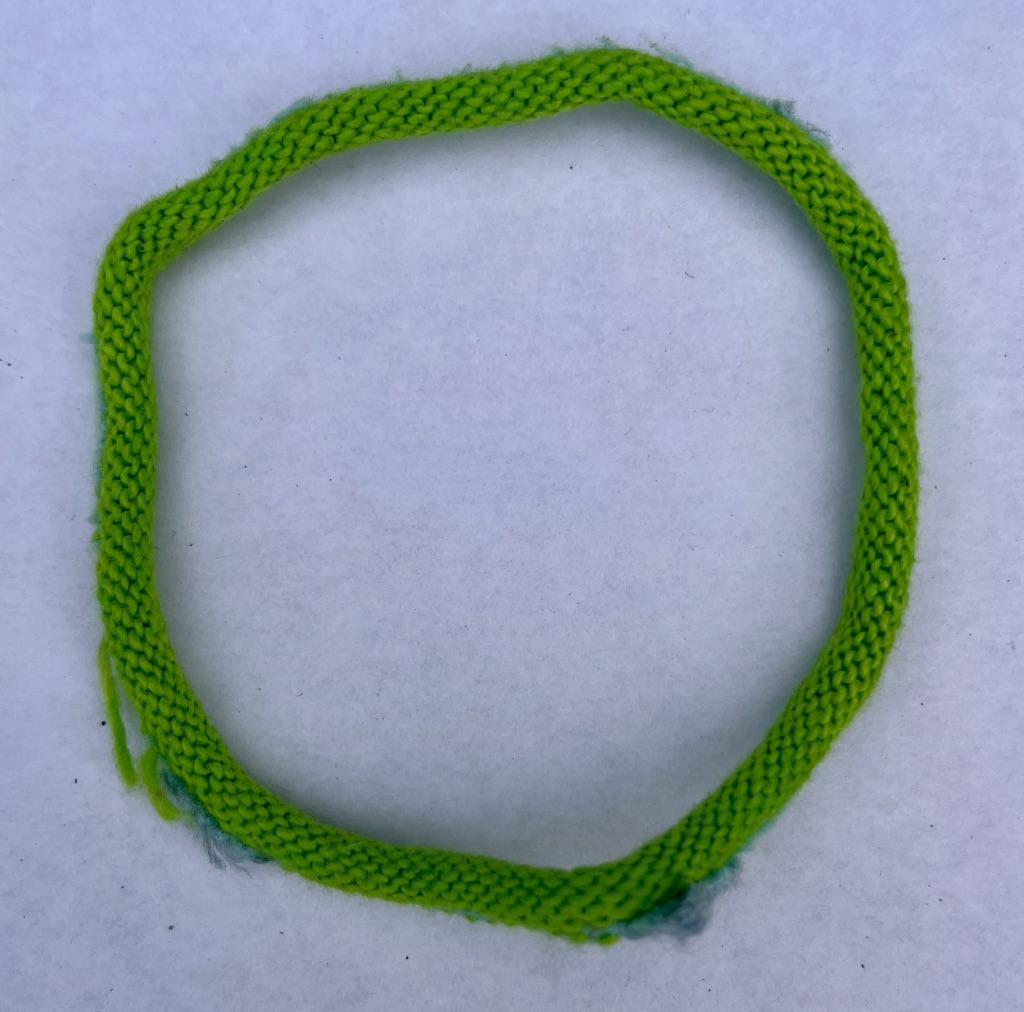
We can really see the co-construction going on in a conversation about a corn cob. Someone had picked it for its color and texture but was feeling bad that all its kernels were gone. It certainly had been a nourishing thing. . . but what was it now? At that point, another participant chimed in to suggest the empty cob being “the wise woman who has given away all her kernels.”

The corn cob is now standing for the wise elders of our network whose kernels of wisdom nourished generations. Interestingly, this is the only item in the map that represents an individual human role in the system. In a system that depends so heavily on human beings – children, caregivers, educators, family members – it’s interesting that most of the elements of our map were abstract concepts. What does that say about how we perceive the system with its conflicts, agreements and sources of power. Would adding more human elements help us to reframe our challenges? And where does the Reggio-Inspired Network fit into Minnesota’s early childhood system?

Another item reveals a desire to synthesize and operationalize an abstraction – a lump of concrete. Concrete is both a mixture that includes gravel and cement and also a durable material that forms foundations. It’s human-made, mixed by trial and error. Concrete is a common metaphor for things that have substance and aren’t only abstract. The quote for this item: “(Concrete): Mixing it up; Starting with something concrete in all the change; try the best and leave behind the baggage.”
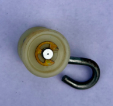
This unique object also generated multiple ideas – a small wheel with an S-hook on it. The original idea for it was “Spinning our wheels…” Then in the ensuing conversation another idea built on this: “Training wheels.” As the back-and-forth continued a unifying theme emerged: “Looking for connection and support.” It’s an idea that connects to and shows motivation for our Community Relationships puzzle pieces above. Of course we’re yearning for those puzzle pieces to snap together, in a way that gives connection and support.

As I was getting ready to pack up someone came by and grabbed this rubber stopper, plopped it at the top of the map and said, “Put a cork in it!” She turned out to be expressing the desire for oversight organizations to “Trust our love for children.” And, I experienced her expressing the sense of humor that is also a feature of early childhood education – I personally couldn’t have survived without it!
Looking at the full map of our Early Childhood System, it seems a bit random and disconnected to me. There are parts with hooks, slots, claws or holes to offer connections, but they aren’t relating to each other. Verbalizing these kinds of descriptions is the next step in the 3-D Mapping process, all a part of becoming more conscious of the details, relationships, obstacles and opportunities in our system. The process asks the participants to look at the map from different perspectives, physically walking around the table to get a fresh view. Since we’re no longer gathered in one spot, I’ve included four different rotations of the map, along with questions to think about as your eyes wash over the image.
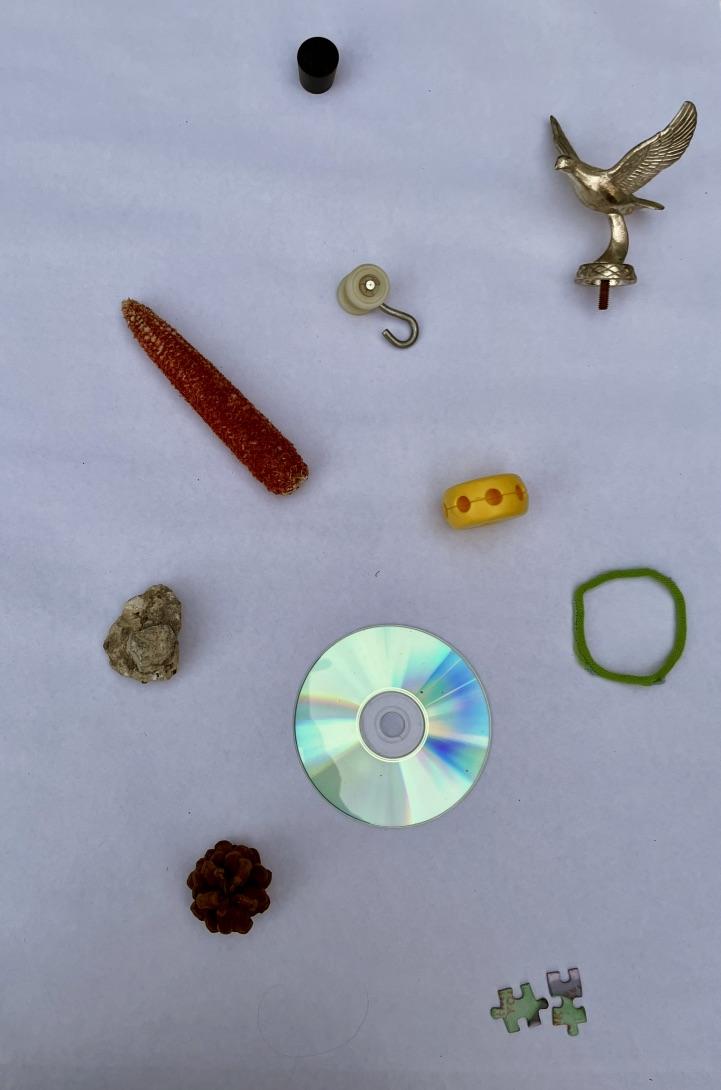
What emotions arise when you look at this picture? What about it ignites your best energies? What makes you feel curious? What are the relationships (connections, separations or proportions) between the parts? What do you sense? Is your intuition telling you anything important about what is happening?

What are some key agreements in the system that determine how it works? What are key conflicts or hard truths that you have to face in order to move forward? Where do the different sources of power lie in this system?

Is there a way to reframe the challenges or see them from a different perspective? Where is the hidden leverage? What are the most important barriers that, if removed, could help the current system to evolve?
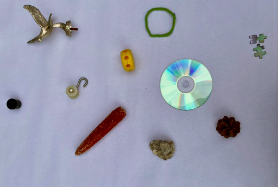
What is ending in this situation? What’s the old skin that needs to be shed? What is seeking to emerge or wanting to be born? What’s the highest future potential that’s being called for in this situation? What will a better system look and feel like in 50 - 100 years?
Just as our documentation of children’s ideas, work and conversations is meant to be revisited collectively as we ponder what is emerging, what might come next and what provocations could open new doors, the 3-D process also doesn’t stop with creation of the map. The set of questions connected to each view are meant to inform a second round of mapping where we would modify the objects’ placements to represent the future we want to co-create. This simple activity is so rich in surprising ways – often people that have been quiet bring ideas forward visually or people find their limiting concepts dissolving as they move pieces into new relationships. In the schools of Reggio Emilia, this documentation-based design process would be called, “progettazione.” I invite you to think about these questions, perhaps in dialogue with your team or community, and see what insights bubble up.